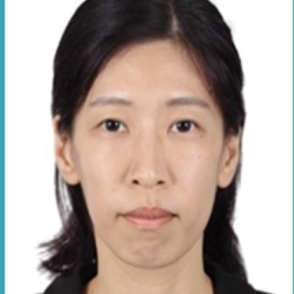Trends and Advances in Anti-wear Materials
A special issue of Coatings (ISSN 2079-6412). This special issue belongs to the section "Corrosion, Wear and Erosion".
Deadline for manuscript submissions: 15 November 2024 | Viewed by 24172
Special Issue Editors
Interests: development of advanced anti-wear materials; solidification and iron matrix composites; computer simulation by first-principles calculation; development of ceramic-particle-dispersed superhard alloys
Special Issues, Collections and Topics in MDPI journals
Interests: friction/wear behaviors; lubrication; refractory metals and hard materials
Interests: design and preparation of high performance ceramic particle reinforced metal matrix composites; manufacturing and industrial application of metal matrix composites
Special Issue Information
Dear Colleagues,
We would like to invite you to submit details from your recent research work to our Special Issue “Trends and Advances in Anti-wear Materials”. Novel anti-wear materials with superior mechanical properties are being highly demanded in modern industries. Many critical components for industrial application are prepared using anti-wear materials, including crusher hammers, brake discs, engine cylinder sleeves, friction sheaves, grinding rollers, and liner plates for ball mills. Although various anti-wear materials have been developed, the contradiction between wear resistance, strength, ductility, and toughness remains a significant problem. Therefore, the pursuit of advanced anti-wear materials and related methods for their processing has become a critical issue.
The focus of this Special Issue will be on recent advancements in fabrication and processing of anti-wear materials by soliciting submissions covering a wide range of themes. Manuscripts on calculation studies, simulation, and experimental works are welcome, and the topics of interest include but are not limited to:
- Development of advanced anti-wear
- Deposition of hard coatings (e.g., PVD, CVD, etc.).
- Solidification or fabrication of metal matrix composites.
- Computer simulations for designing novel high-performance anti-wear materials.
- Development of ceramic-particle-dispersed superhard alloys.
- Unprecedented properties of metallic anti-wear materials.
- Evolution and control of microstructure during fabrication and processing.
- Strengthening and toughening design of ceramic materials and relevant control of wear resistance.
Prof. Dr. Yefei Li
Prof. Dr. Wei Chen
Prof. Dr. Juan Wang
Guest Editors
Manuscript Submission Information
Manuscripts should be submitted online at www.mdpi.com by registering and logging in to this website. Once you are registered, click here to go to the submission form. Manuscripts can be submitted until the deadline. All submissions that pass pre-check are peer-reviewed. Accepted papers will be published continuously in the journal (as soon as accepted) and will be listed together on the special issue website. Research articles, review articles as well as short communications are invited. For planned papers, a title and short abstract (about 100 words) can be sent to the Editorial Office for announcement on this website.
Submitted manuscripts should not have been published previously, nor be under consideration for publication elsewhere (except conference proceedings papers). All manuscripts are thoroughly refereed through a single-blind peer-review process. A guide for authors and other relevant information for submission of manuscripts is available on the Instructions for Authors page. Coatings is an international peer-reviewed open access monthly journal published by MDPI.
Please visit the Instructions for Authors page before submitting a manuscript. The Article Processing Charge (APC) for publication in this open access journal is 2600 CHF (Swiss Francs). Submitted papers should be well formatted and use good English. Authors may use MDPI's English editing service prior to publication or during author revisions.
Keywords
- wear
- friction
- lubrication
- anti-wear materials
- iron matrix composites
- hard materials
- hard layers







